The Curator independently decides what topics and products we feature. When you purchase an item through our links, we may earn a commission. Promotions and products are subject to availability and retailer terms.
With the days getting shorter and temperatures starting to cool, you may already be noticing your skin feeling a little tighter, drier and more easily irritated. The decrease in humidity in the air can affect our skin barrier – the top layer of our skin – to become more susceptible to losing moisture, creating uncomfortable reactions.

It’s why we can get away without wearing moisturizer in the summer but need the extra skin hydration in the fall. We spoke with Dr. Renita Ahluwalia, Medical and Cosmetic Dermatology Lecturer at the University of Toronto and Lead Dermatologist at the Canadian Dermatology and Plastic Surgery Centre to get her tips on moisturizers, how to best hydrate our skin in the fall, and an optimal skincare routine.
Moisturizers and skin hydration techniques
If you’ve ever been confused by the variety of moisturizing products available and which to use, you’re not alone. Essentially, moisturizers can be classified into three main types: humectants, emollients, and occlusives.
“Humectants draw water into the skin and they are more lightweight,” said Ahluwalia. These can come in serum and cream forms and may contain ingredients like hyaluronic acid. In the summer, it may be sufficient for some people to use a light humectant on its own.
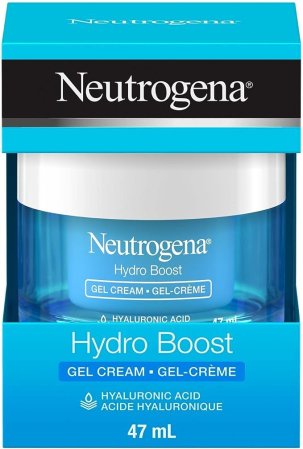
The second type of moisturizer is emollients, which may become more needed in the fall and winter months. Emollient-type moisturizers contain ingredients like ceramides, cholesterol, and fatty acids, which help to fill the spaces in between the skin and lock the skin barrier.
The third type is occlusives, such as shea butter and petroleum jelly, which help create a barrier on top of the skin. These are particularly helpful for dry skin conditions like eczema.

There’s no need to limit yourself to using just one moisturizer type, however, as they all have their benefits. In fact, incorporating all three classes of moisturizers is a popular skin hydration technique called skin flooding. It involves flooding the skin with moisture to prevent conditions from flaring up, such as dry, itchy skin, redness and flaking. With skin flooding, the focus is on using specific ingredients to hydrate every layer of the skin, said Ahluwalia.
With this technique, for example, a person with very dry or eczema-prone skin may choose to use a humectant, followed by an emollient, then an occlusive on top like pure shea butter, Vaseline or Aquaphor – and cut back on exfoliating to prevent further loss of hydration.

Another skin hydration technique that is popular is skin cycling, which involves cycling out active ingredients. That could look like using retinol one night, a pigmentation serum with azelaic acid or glycolic acid another night, then skipping a night from active ingredients to focus on hydration before repeating the cycle again, said Ahluwalia.
Morning and evening fall skincare routine
There are three components of skincare that should be prioritized all year round. The first is using sunscreen with a minimum of SPF30 for pro-aging and the prevention of skin cancer. “I prefer sunscreens that have a tint because there is more and more evidence that tints that contain ingredients like iron oxide are actually blue-light filters” – blue light filters can cause oxidative damage that makes pigmentation on the skin worse, explained Ahluwalia.
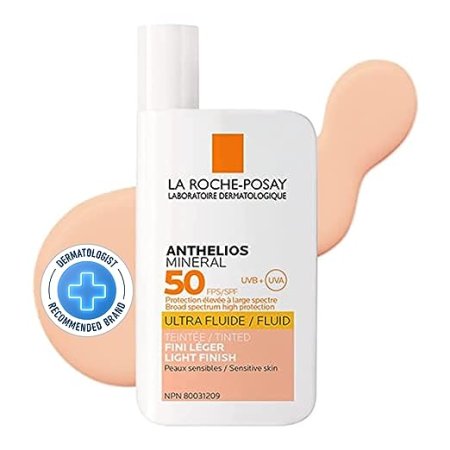
The second component is to use retinol, which has an exfoliating effect and can speed up cell turnover. But retinol may cause sun sensitivity so Ahluwalia advises increasing or decreasing its use depending on the season. For first-time retinol users, fall is a great time to try it because of the decreased sun exposure.

The third component is to use an antioxidant serum, such as a Vitamin C serum. “A proper one can neutralize free radicals from the environment – so not just from the sun but from pollution, smoke and other factors,” Ahluwalia said.
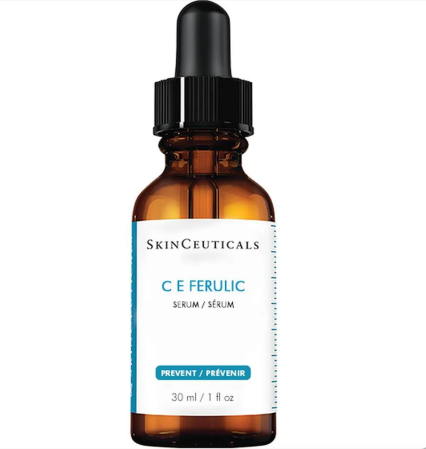
Your optimal fall skincare routine will come down to what works best for your skin. But if you’re unsure of where to start, Ahluwali recommended this basic morning routine: Start with a cleanser that contains gentle ingredients to keep moisture locked into the skin. After cleansing, apply an antioxidant serum, and if your skin is on the drier side, follow that with a hyaluronic acid-based serum for more hydration. Next, moisturize, then apply sunscreen.
In the evening, start with a gentle cleanser and then moisturize. A couple of times a week, try to incorporate a retinol before moisturizing. Ahluwali advised listening to your skin and moisturizing more if needed. For example, it could be more tolerable to sandwich the retinol – using a lightweight moisturizer first, like a hyaluronic acid serum, followed by retinol, then finishing with a thicker moisturizer.
Skincare isn’t only about what is applied topically but also includes lifestyle factors as well – eating a healthy well-balanced diet and staying hydrating by drinking lots of water makes a difference too. Ahluwali recommended using a humidifier in drier months and moisturizing your skin right out of the shower. With the proper lifestyle and skincare habits, you’ll be better able to keep dry skin at bay in fall and beyond.
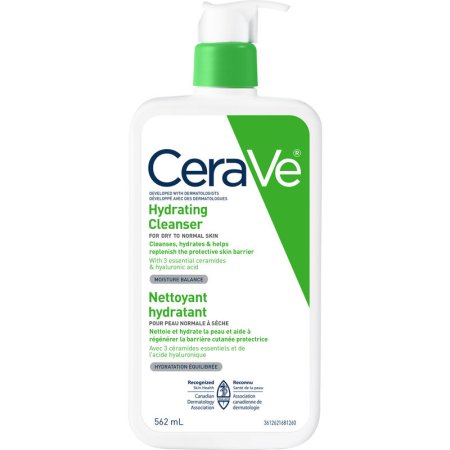
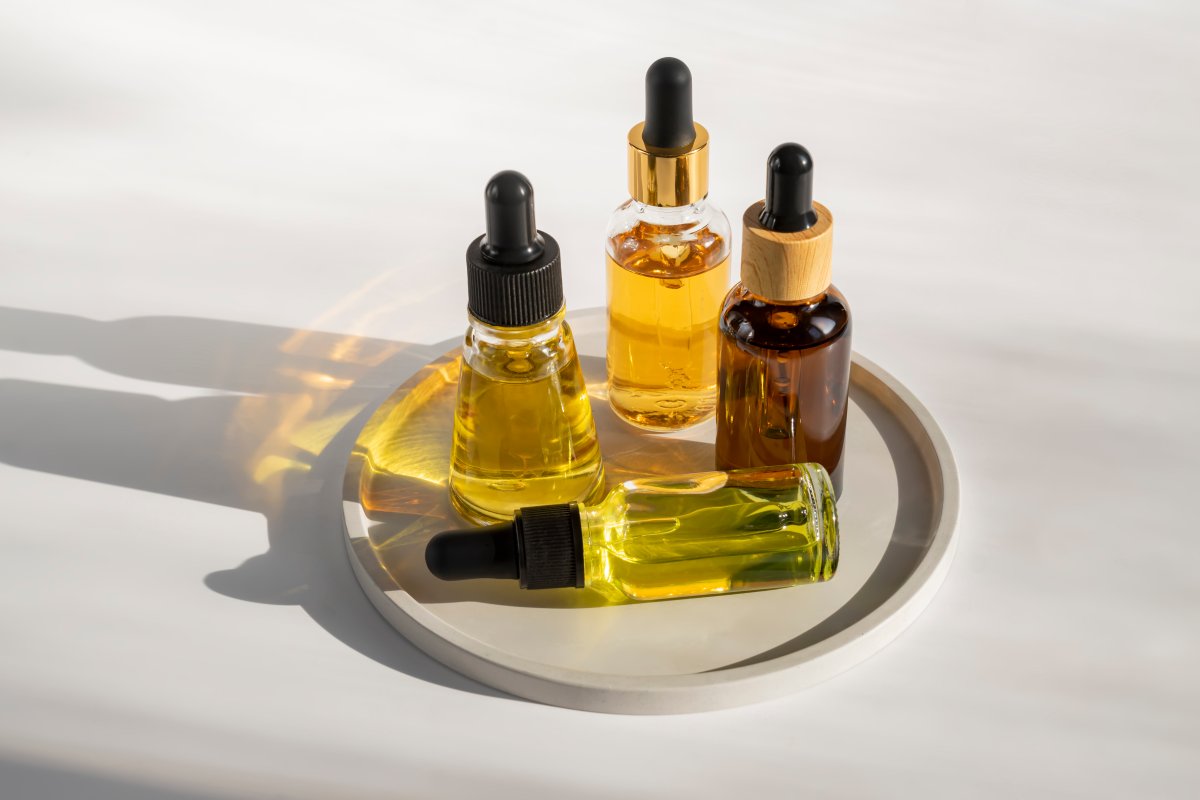




Comments